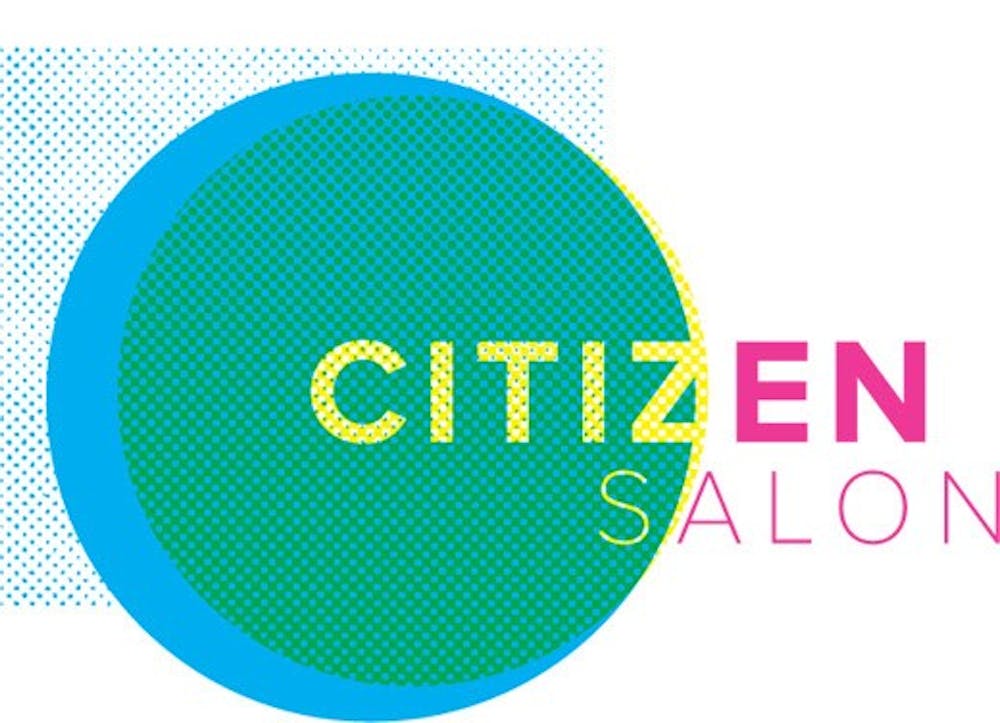This is your chance to finally play the role of art exhibit curator. Up until this Saturday, Citizen Salon is crowdsourcing votes from you, where each vote for a piece of artwork is a vote for which piece is to be displayed. It’s turning art into a democratic process—and this time, it’s you who’s getting the vote. (Vote here.)
Citizen Salon is a crowdsourced exhibition of pieces drawn from the University Art Collection at the Arthur Ross Gallery. While most of its exhibits (as well as most exhibits in the art world) are largely driven by a traditional single curator, this exhibit is inviting the public to select an artwork from a collection of 125. By bringing together thousands of collaborators, this crowdsourced effort is creating a shift in the curatorial power structure.
“I wanted to hear what the audience is interested in, and to open up the curatorial process to as diverse and broad an audience as we could,” said Heather Moqtaderi, the lead curator of Citizen Salon. As opposed to the one singular curatorial team likely specializing in the themes of the exhibit, Citizen Salon opens up the process to multiple avenues of expertise. In short, it’s opening up the process to you, whether you’re a nursing student, art history professor, or investment banking analyst. Because the choice is up to all audience members, the end result is then a reflection of the voices and opinions from the Penn community and the public at large.
The name of the exhibit, Citizen Salon, lends itself to this underlying theme of a diversity of voices. It’s a reference to the gathering of friends who met and exchanged intellectual and literary ideas during the Enlightenment in salons and coffee shops. And while it can be argued that such gatherings were reserved only for the elite few, the addition of “Citizen” is intended to convey the concept of a citizen curator, a role meant to be open to anyone and everyone. “We try to convey that this will be an environment for conversations; and so our programming would be very conversation –based, using artworks as touch notes,” Heather explained.
While exhibits at the Arthur Ross Gallery always have an overarching theme tying the pieces together, the connection between the pieces this time around may be a little more difficult to establish. But at the end of the day, that’s precisely the point of this exhibit.
“I’m interested in what critical concepts we can use to address all of the diverse exhibitions that we mount here. Throughout the year we cover exhibitions from ancient materials to contemporary works. In the same regard, Citizen Salon serves as a microcosm of that diverse exhibition scheduling,” Heather commented. “So by having works from a variety of time periods and artistic backgrounds we can get to the heart of the question of what our visitors are looking for in an art exhibition experience.” By doing so, the opening of the curatorial process represents the gallery’s willingness to innovate and adapt to a changing society, thus facilitating more meaningful experiences with the arts.
The tiles, as they are displayed on the site, are randomly arranged and shuffled to avoid biased thinking based on what the audience believed the choices of others to be. “It’s not based on recognition but on personal testimony. We don’t want people to know what’s the most popular.” Heather explains. “Part of the process of selecting a single work can also give someone insight into themselves, which can be difficult but it is useful.” In this regard, the exhibit is a collection of both the individual and communal choice.
As the final product, the exhibition installation will be as much about the process and the people’s views and comments as it is about the artworks themselves. The exact scope of the installation hasn’t been decided but the curatorial team has planned to exhibit some people’s words and commentaries as a way of projecting the interactive aspect of the process. Later, all the voices possibly will be uploaded as an open dataset, deposited into a web platform.
Once the votes close and the pieces are exhibited, that’s when the interesting parts are revealed. The exact scope of the installation hasn’t been decided but the curatorial team is planning to exhibit some of people’s words and commentaries as a way of projecting the interactive aspect of the process. It’s also set on starting a project–specific blog to provide weekly updates and insights into the results of the data analysis.
“I’m interested in factors that might have effects on someone’s outlook on the submission, the patterns that might relate to the day and time at which the submissions were entered, the day of the week, the weather, other environmental factors, and what was going on politically that day,” Heather said. On the curatorial side, this process also presents an opportunity to dissect the trends in cultural categories, such as the most popular colors.
The crowdsourcing of Citizen Salon is a once–in–a–lifetime opportunity for you to play a role in selecting the pieces in an exhibit. Taken as a collection of individual choices, it’s a reminder of the importance of each and every one of the roles in forming a diverse yet cohesive community.







